
Film noir is a cinematic term used primarily to describe stylish Hollywood crime dramas, particularly those that emphasize cynical attitudes and motivations. The 1940s and 1950s are generally regarded as the "classic period" of American film noir. Film noir of this era is associated with a low-key, black-and-white visual style that has roots in German Expressionist cinematography. Many of the prototypical stories and much of the attitude of classic noir derive from the hardboiled school of crime fiction that emerged in the United States during the Great Depression.

Barbara Stanwyck was an American actress, model and dancer. A stage, film, and television star, during her 60-year professional career she was known for her strong, realistic screen presence and versatility. She was a favorite of directors, including Cecil B. DeMille, Fritz Lang, and Frank Capra, and made 85 films in 38 years before turning to television.

The Hitch-Hiker is a 1953 American film noir thriller co-written and directed by Ida Lupino, starring Edmond O'Brien, William Talman and Frank Lovejoy, about two friends taken hostage by a hitchhiker during an automobile trip to Mexico.

Stanislaus Pascal Franchot Tone was an American actor, producer, and director of stage, film and television. He was a leading man in the 1930s and early 1940s, and at the height of his career was known for his gentlemanly sophisticate roles, with supporting roles by the 1950s. His acting crossed many genres including pre-Code romantic leads to noir layered roles and World War I films. He appeared as a guest star in episodes of several golden age television series, including The Twilight Zone and The Alfred Hitchcock Hour while continuing to act and produce in the theater and movies throughout the 1960s.
Neo-noir is a revival of film noir, a genre that had originally flourished during the post-World War II era in the United States—roughly from 1940 to 1960. The French term, film noir, translates literally to English as "dark film", because they were quite dark both in lighting, but also indicating sinister stories often presented in a shadowy cinematographic style. Neo-noir has a similar style but with updated themes, content, style, and visual elements.

Edward M. Hirsch is an American poet and critic who wrote a national bestseller about reading poetry. He has published nine books of poems, including The Living Fire: New and Selected Poems (2010), which brings together thirty-five years of work, and Gabriel: A Poem (2014), a book-length elegy for his son that The New Yorker called "a masterpiece of sorrow." He has also published five prose books about poetry. He is president of the John Simon Guggenheim Memorial Foundation in New York City.
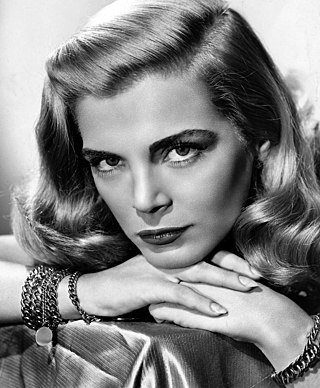
Lizabeth Virginia Scott was an American actress, singer and model for the Walter Thornton Model Agency, known for her "smoky voice" and being "the most beautiful face of film noir during the 1940s and 1950s". After understudying the role of Sabina in the original Broadway and Boston stage productions of The Skin of Our Teeth, she emerged in such films as The Strange Love of Martha Ivers (1946), Dead Reckoning (1947), Desert Fury (1947), and Too Late for Tears (1949). Of her 22 films, she was the leading lady in all but three. In addition to stage and radio, she appeared on television from the late 1940s to early 1970s.
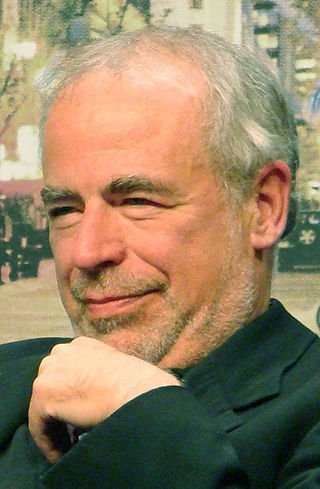
Richard Russo is an American novelist, short story writer, screenwriter, and teacher. In 2002, he was awarded a Pulitzer Prize in Fiction for his novel Empire Falls.
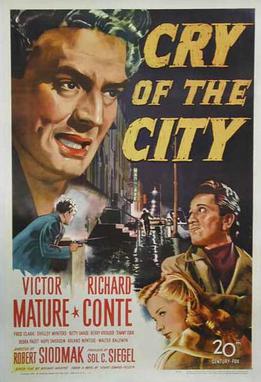
Cry of the City is a 1948 American film noir starring Victor Mature, Richard Conte, and Shelley Winters. Directed by Robert Siodmak, it is based on the novel by Henry Edward Helseth, The Chair for Martin Rome. The screenwriter Ben Hecht worked on the film's script, but is not credited. The film was partly shot on location in New York City.
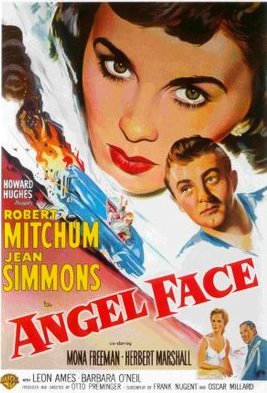
Angel Face is a 1953 American film noir directed by Otto Preminger, starring Robert Mitchum and Jean Simmons, and featuring Leon Ames and Barbara O'Neil. It was filmed on location in Beverly Hills, California.

Gwendolyn Audrey Foster is an experimental filmmaker, artist and author. She is Willa Cather Professor Emerita in Film Studies. Her work has focused on gender, race, ecofeminism, queer sexuality, eco-theory, and class studies. From 1999 through the end of 2014, she was co-editor along with Wheeler Winston Dixon of the Quarterly Review of Film and Video. In 2016, she was named Willa Cather Endowed Professor of English at the University of Nebraska at Lincoln and took early retirement in 2020.
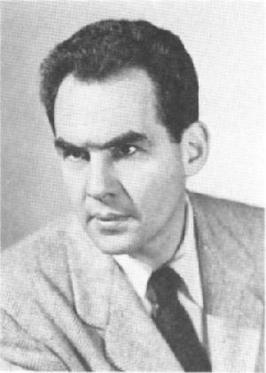
Michael Gordon was an American stage actor and stage and film director.
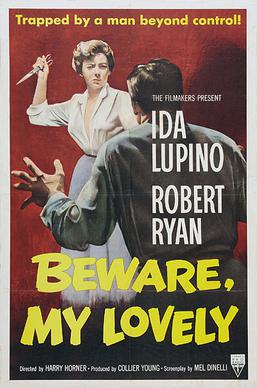
Beware, My Lovely is a 1952 crime film noir directed by Harry Horner starring Ida Lupino, Robert Ryan and Taylor Holmes. The film is based on the 1950 play The Man by Mel Dinelli, who also wrote the screenplay.
Jeanine Basinger is an American film historian who retired in 2020 as the Corwin-Fuller Professor of Film Studies, and Founder and Curator of The Cinema Archives at Wesleyan University, Middletown, Connecticut.
Robert "Bob" Greenhut is an American film producer.

Myles Connolly was an American writer and a Hollywood screenwriter/producer.
Dale M. Pollock is an American film producer, writer and film professor. A journalist whose works have been published in a number of magazines and newspapers, Pollock is also the author of a biography of George Lucas. Pollock has produced thirteen feature films, one of which (Blaze) received an Academy Award nomination for Cinematography. He was Professor of Cinema Studies at the University of North Carolina School of the Arts from January 2007 to December 2019. He served as Interim Dean from January 1 to July 31, 2021, and is currently Emeritus Professor in the School of Filmmaking.
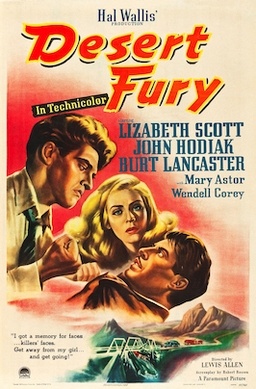
Desert Fury is a 1947 American film noir crime film directed by Lewis Allen, and starring John Hodiak, Lizabeth Scott and Burt Lancaster. Its plot follows the daughter of a casino owner in a small Nevada town who becomes involved with a racketeer who was once suspected of murdering his wife. The screenplay was written by Robert Rossen and A. I. Bezzerides (uncredited), adapted from the 1947 novel of the same name by Ramona Stewart. The picture was produced by Hal Wallis, with music by Miklós Rózsa and cinematography in Technicolor by Edward Cronjager and Charles Lang.

Margin for Error is a two-act play written in 1939 by Clare Boothe Luce. It is a satire of Nazism, and was staged on Broadway shortly after World War II began in Europe. The plot is a whodunit about the murder of a German consul in the United States. The play was adapted as a movie of the same name in 1943.
Below are a list of works related to the history of Hollywood, California.














